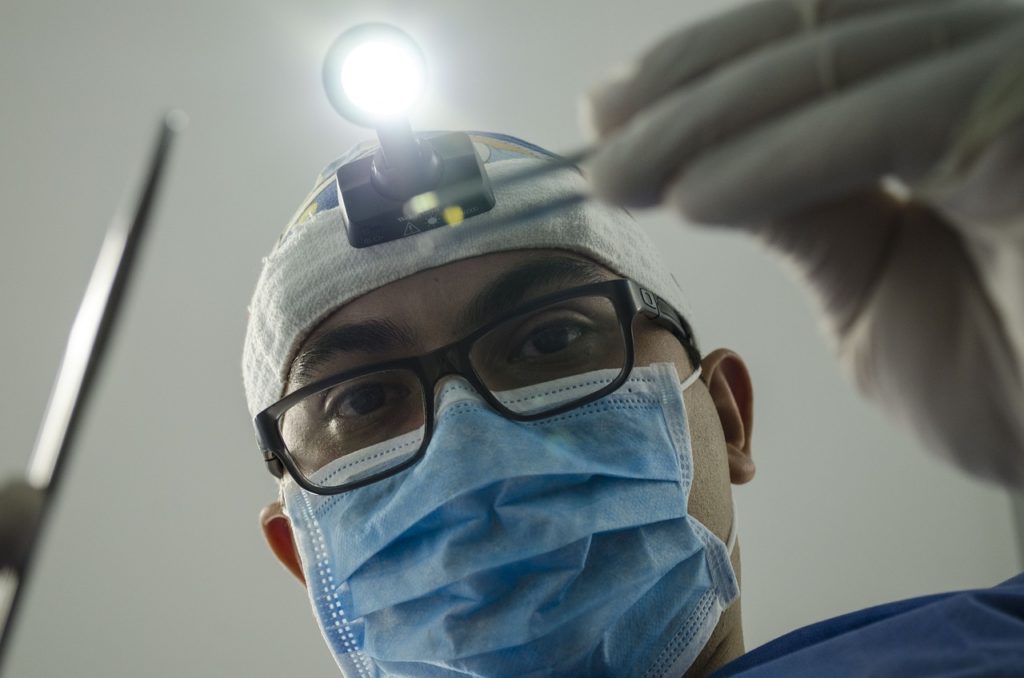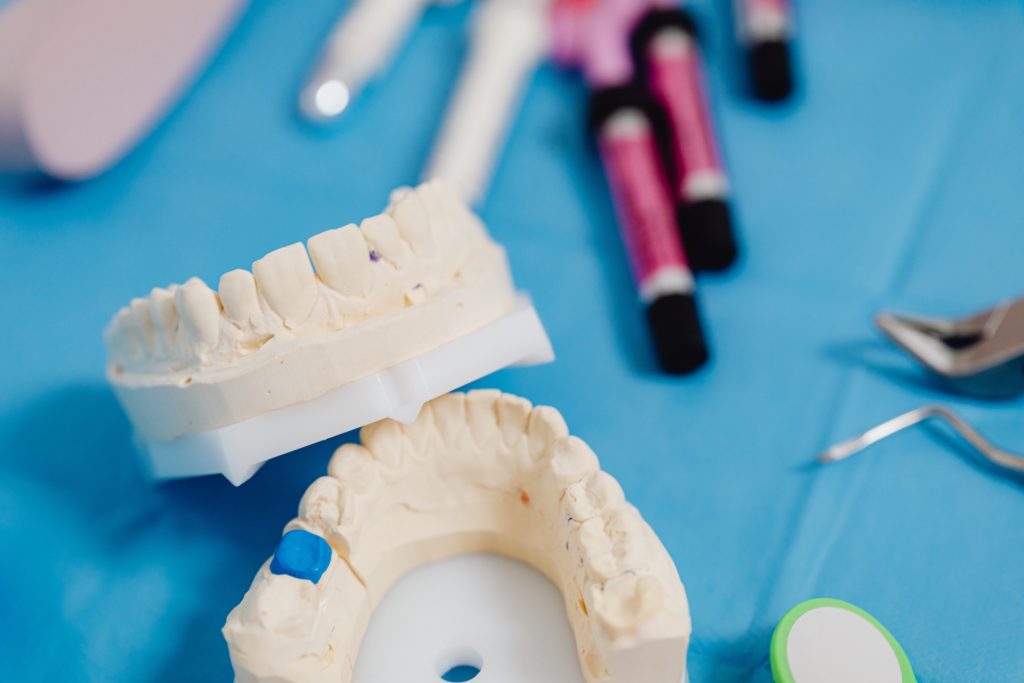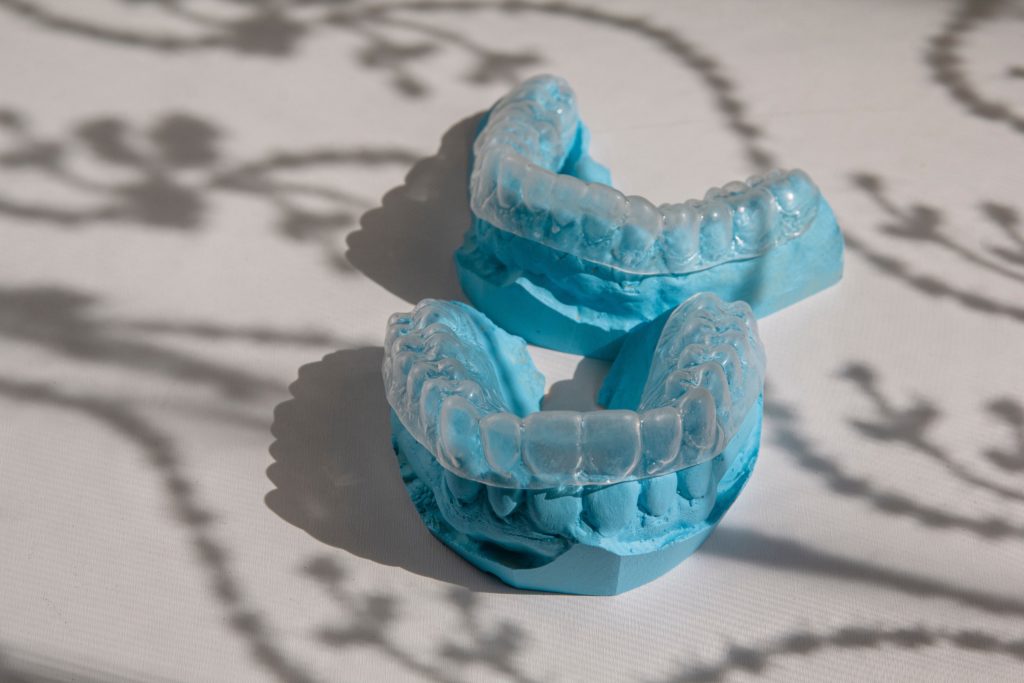Invisalign for Underbites: Start the Correction Journey
A confident smile not only boosts self-esteem but also plays a crucial role in maintaining optimal oral health. However, some individuals face the challenge of underbites, where the lower teeth protrude beyond the upper teeth when biting down. Underbites can impact aesthetics and functionality, leading to potential dental issues if left untreated. This is where Invisalign comes in; Invisalign for underbites is a great option for those who want to fix their bite issues.
Fortunately, advancements in orthodontics have paved the way for an innovative solution: Invisalign. In this blog post, we will explore how Invisalign can effectively correct underbites and help you achieve a harmonious smile.

1. Define Your Underbite
1) What is Underbite?
An underbite is a dental condition where the lower teeth protrude beyond the upper teeth when the jaws are closed. It is a type of malocclusion, which refers to misalignment of the teeth and the way the upper and lower jaws fit together. Underbites can vary in severity, from mild to more pronounced, and can have an impact on both oral health and appearance.
Underbites can be caused by various factors, including genetics, jaw growth discrepancies, and childhood habits like thumb sucking or pacifier use. If left untreated, underbites can lead to dental issues such as premature wear of the teeth, difficulty in chewing, and strain on the jaw muscles. Moreover, underbites may affect one’s confidence and self-esteem due to the visible misalignment.
2) Causes of Underbite
An underbite, also known as a Class III malocclusion, occurs when the lower jaw protrudes further forward than the upper jaw. Several factors can contribute to the development of an underbite:
- Genetics: In many cases, underbites have a hereditary component. If one or both parents have an underbite, there’s an increased likelihood that their child may develop one as well.
- Childhood Habits: Prolonged habits like thumb-sucking, tongue-thrusting, or extended pacifier use can impact jaw development and potentially lead to an underbite.
- Jaw Development Issues: Irregularities in the growth of the jawbones, whether due to genetics or external factors, can result in an underbite.
- Missing Teeth: The premature loss of primary or permanent teeth can disrupt the natural alignment of the upper and lower jaws, potentially leading to an underbite.
- Tumors or Abnormal Growths: In rare cases, the presence of tumors or abnormal growths in the jaw area can contribute to the development of an underbite.
- Injury or Trauma: Significant injuries to the face or jaw can alter the alignment of the jaws, potentially leading to malocclusions like an underbite.
3) Importance of Early Intervention
Early diagnosis and intervention are crucial in addressing underbites. Orthodontic evaluation at an early age allows for timely treatment planning, which can guide the growth and development of the jaws and teeth. Early intervention can often prevent more extensive and complex orthodontic treatments later in life.

2. Invisalign: Invisible Orthodontic Treatment
Invisalign is a revolutionary orthodontic treatment that offers a discreet and comfortable alternative to traditional braces. The Invisalign system uses a series of clear, custom-made aligners to shift the teeth into their proper positions gradually.
1) Invisalign Process
Each set of Invisalign aligners is designed based on a detailed digital scan of the patient’s teeth. These aligners are worn for approximately 1-2 weeks each before moving on to the next set in the series. Over time, the aligners exert gentle pressure on the teeth, gradually guiding them into their desired positions.
2) Advantages of Invisalign
One of the primary advantages of Invisalign is its clear and virtually invisible design. The aligners are made from a smooth, BPA-free plastic that fits snugly over the teeth. This makes Invisalign an attractive option for those who wish to undergo orthodontic treatment without drawing attention to metal brackets and wires.
- Customized Treatment Plans: Orthodontists create personalized treatment plans for each patient. In the case of an underbite, the aligners are designed to gradually shift the lower jaw back into its proper position relative to the upper jaw.
- Precise Tooth Movements: Invisalign aligners apply controlled and precise forces to specific teeth. This allows for targeted adjustments to the bite, ensuring that the teeth align correctly over time.
- Gradual Progression: Over the course of treatment, the aligners are replaced approximately every one to two weeks. Each new set of aligners continues the process of guiding the teeth and jaw into their ideal positions.
- Monitoring and Adjustments: Throughout the treatment period, patients have regular check-ups with their orthodontist. This allows for the progress to be monitored, and any necessary adjustments to be made to the treatment plan.
- Comfort and Convenience: Invisalign aligners are removable, making it easier for patients to eat, drink, and maintain their oral hygiene routines. This convenience contributes to a more comfortable overall treatment experience.
3. The Role of Invisalign in Underbite Correction
Invisalign has proven to be highly effective in correcting various types and degrees of underbites. Its versatility lies in the treatment strategies used to address specific bite issues.
Invisalign’s advanced technology and personalized approach make it a highly effective option for correcting bite issues, including underbites. By working closely with an experienced orthodontist, patients can achieve a properly aligned bite and a confident, healthy smile.
Innovative Invisalign Treatment Strategies
Invisalign treatment plans are personalized to cater to each patient’s unique dental needs. For underbite correction, additional features like attachments (small tooth-colored bumps) and elastics may be incorporated into the aligners to target specific areas and optimize bite correction.

4. The Journey to a Harmonious Smile
1) Choosing an Experienced Invisalign Provider:
When seeking an Invisalign provider, look for professionals who have extensive experience in treating underbites and other orthodontic issues. A qualified orthodontist or dentist with specialized training in Invisalign will possess the expertise needed to design a personalized treatment plan that addresses your unique dental concerns.
2) Tailored Treatment Plans
Invisalign is not a one-size-fits-all solution, and its success lies in the personalized treatment plans designed for each patient. Your provider will conduct a thorough examination, including X-rays and digital scans, to create a custom-made series of aligners that will gradually correct your underbite over time. The aligners are precision-crafted to fit comfortably and precisely on your teeth, ensuring an effective and comfortable treatment experience.
3) Commitment to Success
Achieving a harmonious smile with Invisalign requires commitment and dedication. It is vital to wear the aligners as recommended by your provider, usually between 20 to 22 hours per day, only removing them for eating, drinking, brushing, and flossing. Consistency is key in maximizing the aligners’ effectiveness and achieving desired results within the estimated treatment time.
4) Regular Check-ups
Throughout your Invisalign journey, attending regular check-ups with your provider is crucial. These check-ups allow your provider to monitor your progress, make any necessary adjustments to your treatment plan, and address any questions or concerns you may have. Open communication with your provider is vital for ensuring a smooth and successful underbite correction.
5) Embrace the Transformation
As you progress through your Invisalign treatment, you will notice gradual changes in your bite alignment and smile. Embrace the transformation and celebrate each step toward achieving your harmonious smile. Remember that the journey may vary for each individual, but the ultimate goal remains the same – a beautiful and balanced smile that enhances your appearance and oral health.
5. For Severe Underbite Cases
1) Severe Underbite Cases and Other Treatment Plans:
Invisalign is highly effective in addressing various types and degrees of underbites. However, in severe cases where the underbite is significantly pronounced or involves complex skeletal issues, a multi-faceted treatment approach may be required. Your orthodontic specialist may recommend combining Invisalign with other orthodontic appliances, such as elastics or functional appliances, to achieve the best results.
2) Invisalign as Part of a Comprehensive Solution:
Invisalign can play a crucial role in preparing your teeth and jaw for other orthodontic interventions. In some cases, it may be used as a preliminary phase to align your teeth before proceeding with further corrective measures. This integrated approach ensures that your bite issues are adequately addressed, promoting optimal functionality and aesthetics.
6. Exploring Alternatives for Underbite Correction
While Invisalign offers a viable solution for underbites, there are other effective treatment options available. The choice depends on the underbite’s severity and specific characteristics. Let’s delve into these alternatives:
1) Traditional Braces
Conventional braces, comprising metal brackets linked by wires, are adept at gradually repositioning teeth and jaws to rectify underbites. This option shines in addressing more intricate cases.
2) Palate Expansion for Jaw Alignment
A palate expander proves invaluable in cases where an underbite results from a narrow upper jaw. By exerting gentle pressure, it widens the palate, creating additional room for upper teeth to align harmoniously with their lower counterparts.
3) Harnessing the Power of Headgear
Especially beneficial for growing children, headgear consists of a wire affixed at the back of teeth, connected to a strap encircling the head. This appliance applies subtle force to the upper jaw, stimulating growth and guiding it towards proper alignment.
4) Strategic Tooth Extractions
When crowding or substantial misalignment is present, removing one or more teeth may be advised. This strategic extraction creates space for remaining teeth to shift into their rightful positions. This option is typically considered in cases where other treatments may yield less effective results.
5) Orthognathic Surgery for Profound Correction
In instances of severe underbites that transcend orthodontic intervention, orthognathic surgery steps in. This intricate procedure involves repositioning the upper and lower jaws to establish proper alignment. Reserved for cases with significant skeletal disparities, it’s a comprehensive solution.
The optimal treatment choice for an underbite hinges on several factors, including the underbite’s specific attributes, the patient’s age, and their overall oral health. A seasoned orthodontist conducts a thorough assessment to pinpoint the most suitable course of action for each unique case. They weigh the merits and potential considerations of each treatment avenue, ensuring the underbite is corrected effectively and comfortably.



